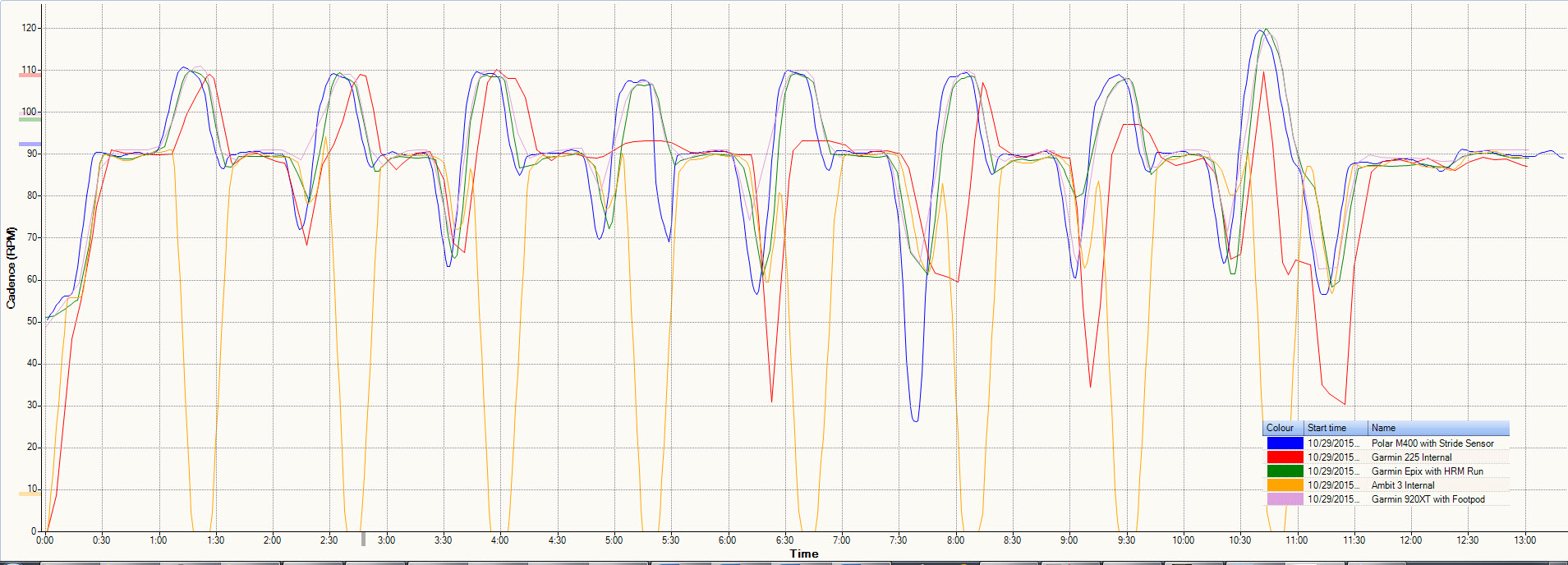
Want to run better? Start by listening to your feet.
Pay attention to the sound they make and how often they hit the ground, that’s your cadence. It’s simple but it can have a big impact on your running form and efficiency.
The idea is that the more optimal your cadence is, the smoother, lighter and more efficient your stride will be. That result less stress on your ankles, knees and hips. And you’ll sound less like an elephant trying to sprint. It might sound technical, but it’s actually one of the easiest things to do in running.
So, what is a good cadence?
Most runners perform best at around 90 strides per minute per leg that’s 180 steps per minute in total. It’s kind of a sweet spot, but cadence will naturally change depending on your pace.
To run faster, you can either increase your cadence or your stride length. In reality, it’s usually a mix of both. On flat terrain, 180 steps per minute is a solid cruising pace. Below 170, your cadence is probably too low unless you’re jogging very slowly. Above 190 steps per minute usually means you’re doing fast-paced training like intervals.
Go too far above 190 and your stride might become inefficient. Cadence is all about balance, faster doesn’t always mean better. Extremely high cadences (up to 280) can happen during fast technical downhills.
But how do you know your cadence?
Easy. Count how many times your feet hit the ground in one minute. Or let your watch do the math for you.
Most runners need to increase their cadence. At first, try taking shorter steps without actually speeding up. It can feel weird at first, but your body will adjust over time. Take it gradually, don’t rush it and always listen to your body.
Your arm position also plays a role if your arms hang too low, it’s hard to maintain a high cadence. Lightweight shoes help too, probably because they’re easier to lift.
So what does the science say?
Jack Daniels (the coach, not the whiskey) found that the slower your cadence, the longer you stay in the air—and the harder you hit the ground. Lower cadence = more impact = higher risk of injury. Other studies have shown that increasing cadence reduces impact forces. At 176 steps per minute, the impact peaks are cut in half compared to 128. A higher cadence also reduces how hard your legs slow down and takes pressure off your knees and ankles.
A cadence around 180 seems to be best for running economy, though some studies suggest 170 might be optimal. The issue ? Many of these studies don’t give runners enough time to adapt, which skews the results.
Some other key takeaways from research :
- Higher cadence = fewer muscle aches and less fatigue.
- Cadence naturally increases at the end of a run, which helps reduce impact.
- A high cadence (short stride) reduces landing forces while a low cadence (long stride) sends less shock to your head.
- Long strides shift most of the impact to the knees.
- A review confirmed that higher cadence reduces joint loading at the hips, knees and ankles, as well as vertical bounce and ground contact time.
- Barefoot running tends to increase cadence.
- Leg “spring” stiffness goes up with higher cadence.
- There’s little evidence that height or leg length impacts cadence.
- One study of 37 elite triathletes showed that height didn’t change cadence but taller runners were faster thanks to longer strides.
- Elite 5K runners often hit 190–200+ steps per minute but they’re moving much faster than the average runner.